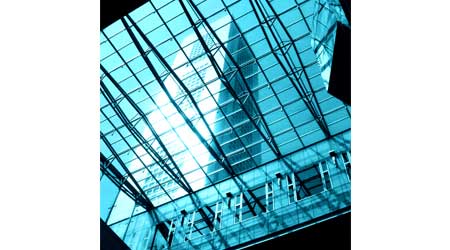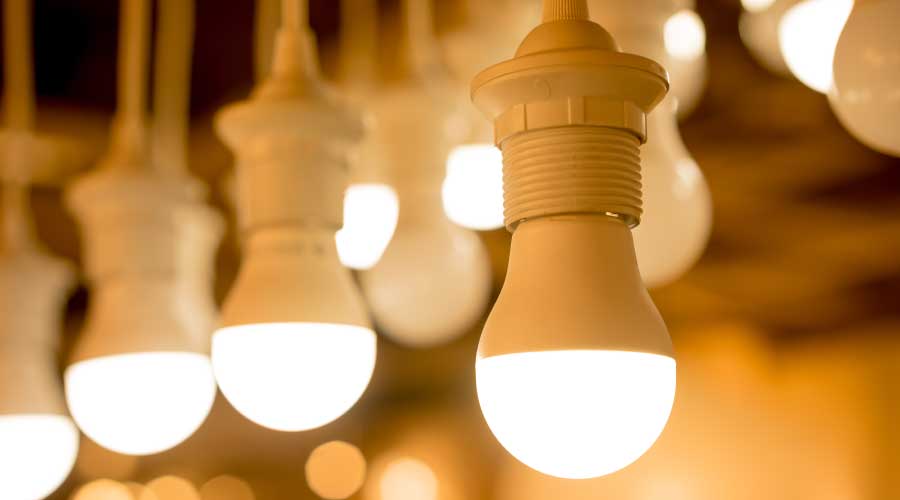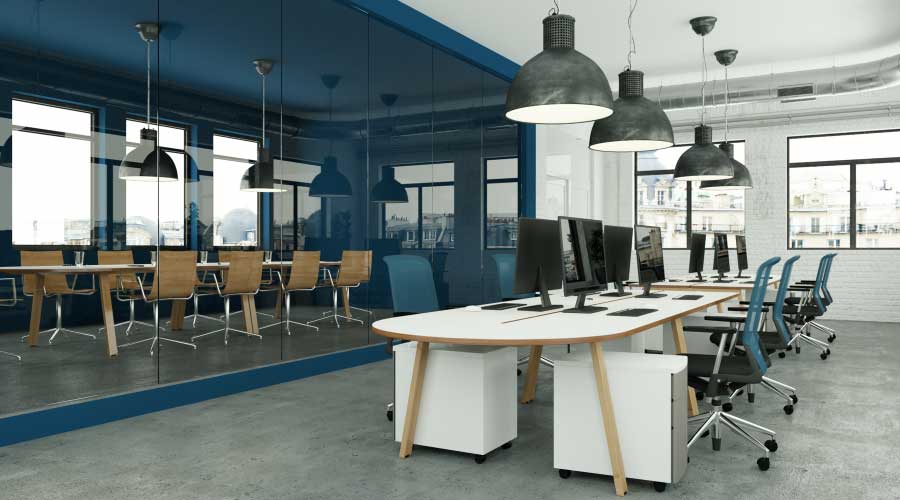Daylighting System Can Range from Very Simple to Complex
Part 2 of a 3-part article on how to implement a thoughtful daylighting controls strategy
The daylighting controls strategy can range from very simple (a photocell and a dimmer in a single room) to the complex (zoned dimming, Internet of Things devices, dual-loop daylight harvesting systems). On the simple side, one of the beauties of daylighting controls systems is that they can be stand-alone systems — which means they can be added off the shelf to any room in a facility. “A photocell can talk directly to the ballast or driver in the fixture, without having to talk to any other device,” says Fong. But even with simple daylighting controls, you’ll still want some sort of manual controls, she says. “People will always want on/off control.”
Generally, the theory behind a daylighting control system is that it should be used to set the maximum lighting condition, says Benya. “Daylighting controls should be limiting the most electric light users can have,” he says. But in cases where users want to turn off all electric lights to do a presentation, or for any other reason, the tried-and-true on/off switch is still usually a requirement.
But if you want higher levels of control, sophisticated daylighting controls can be incorporated into a facility-wide lighting controls strategy as well.
“Daylighting controls should work in concert with electric lighting controls,” says Fong. In many cases, this includes incorporating occupancy/vacancy sensors with the dimming or switching capabilities of the daylighting controls system.
“These strategies complement each other to achieve the (facility manager’s) goals related to energy management and visual needs,” says DiLouie.
DiLouie continues, explaining how daylighting controls, lighting controls, and other building systems can be tied together. “(Daylighting and) lighting controls systems can be interoperable with other building systems,” says DiLouie. “For that to work, the lighting and building controls systems must either operate in accordance with the same control protocol, such as BACnet, or utilize a gateway bridging system, which may be a separate device or functionality built into the lighting controller.”
Related Topics:














